With the coming colder and wetter weather it is time to think about maintenance on the home
Always use extreme care when using ladders or working on roofs, especially around power lines. If you are unsure in any way consult a professional to maintain theses items.
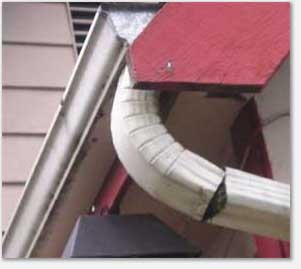 Gutters & Downspouts
Gutters & Downspouts
It seems obvious that if your gutter systems are not working properly water will likely damage some part of the structure. Make sure all gutters are cleaned usually 2 times a year, more depending on the number of trees dropping debris, etc. They should be all properly attached, no sagging low spots, with proper downspouts & splash blocks or other suitable drains. Water should discharge away from the home. Look around the home for areas of splash-up. This is caused by water running off the roof or gutter and causing mud to splash up onto the house.
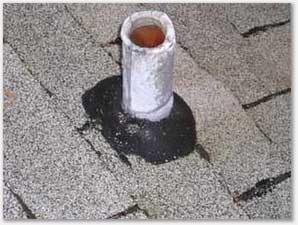 Roofs
Roofs
Examine all penetrations (fasteners, utility holes, skylights, vents, etc) on your roof. Since tar lasts only a few years, we recommend that it be re tarred on regular intervals, depending on the products conditions. Check for cracking and shrinkage of material, this can be a potential leak point..
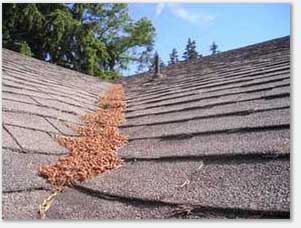 Cleaning
Cleaning
Some homes have trees that drop extensive debris on them requiring regular maintenance. Debris piled around skylights, chimneys, valleys and drains can cause water to backup under roofing and flashings to cause leaks.
Chimneys
Inspect the crown, flashing, masonry, cap, etc. Have wood fired appliance chimneys examined and cleaned regularly, especially if you burn a lot.
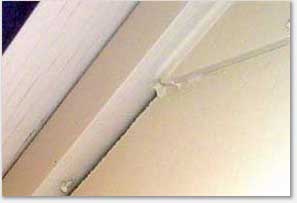 Caulking
Caulking
Go around the entire exterior with a critical eye on all caulked areas. Fill and paint as necessary to maintain maximum protection from water and cold. A dry, tight house is far less likely to have problems with structural pests. Common areas that frequently need more caulk include: doors, windows,utility holes, gaps in siding, corners, vents, nail holes, fascias, soffitts, trim, etc.
Carefully note the condition the various painted surfaces on your structure. Look at each type of surface, wood, concrete, decking, rails, etc. Most homes paint condition will vary widely depending on the exposure to weather, landscaping damage, and different types of materials. All materials painted surfaces will fail at different rates. NOTE: Always use paintable caulk on the exterior of building. Silicone based caulks cannot be painted/stained.
Vinyl siding
Wash off moss, dirt and examine for cracks or any missing or damaged pieces that will require repair.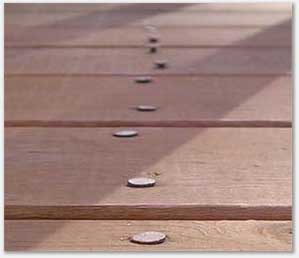 Decks
Decks
Most decks fail at attachment to the house. The ledger or rim should be bolted to the home. Check decking for any rot, loose rails, weak stairs, raised nail heads, posts, beams, joists and footings. Examine the paint/stain condition. Clean off any moss or slimy surfaces to help prevent slips. Spantex decking surfaces only last a few years without ongoing maintenance. Regular re- application of the color- top coat is recommended. Make sure all drains on impervious covered decks are clean and working. Even the best made deck will leak if it doesn't have working drains.
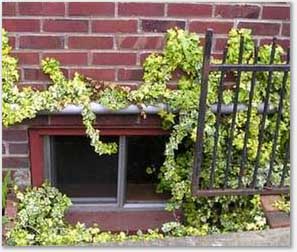 Landscaping
Landscaping
It is recommended that all landscaping be trimmed away from the building. Nearly all homes we look at have at least some landscaping problems. Some kinds are more destructive then others, be especially careful with climbing vines. This time of year trees are filling our gutters faster than we can keep up. While it is beautiful, it can easily cause damage to your home in several ways. One often overlooked problem is that the plants make natural pathways for all kinds of household and structural pests.




